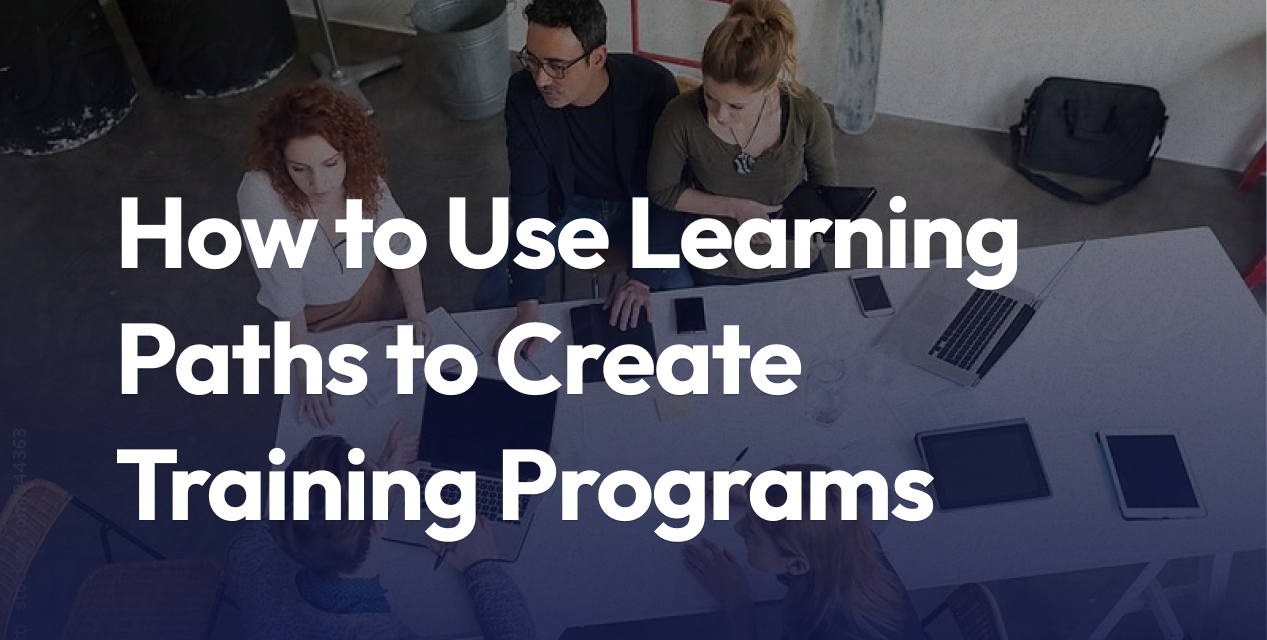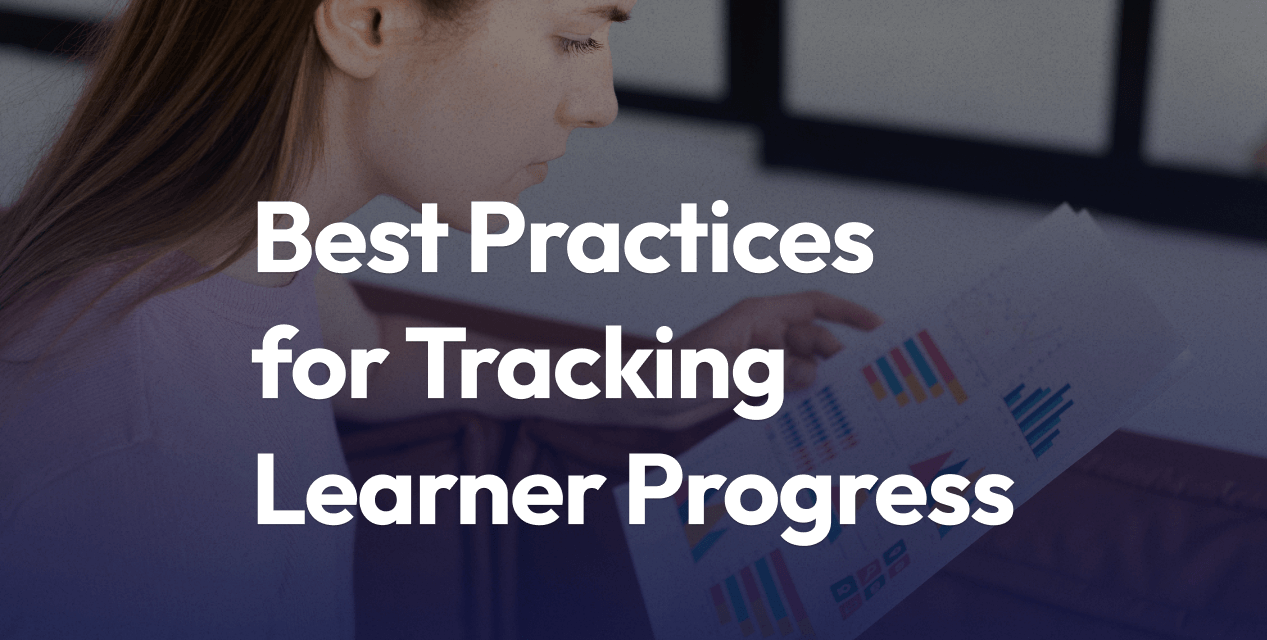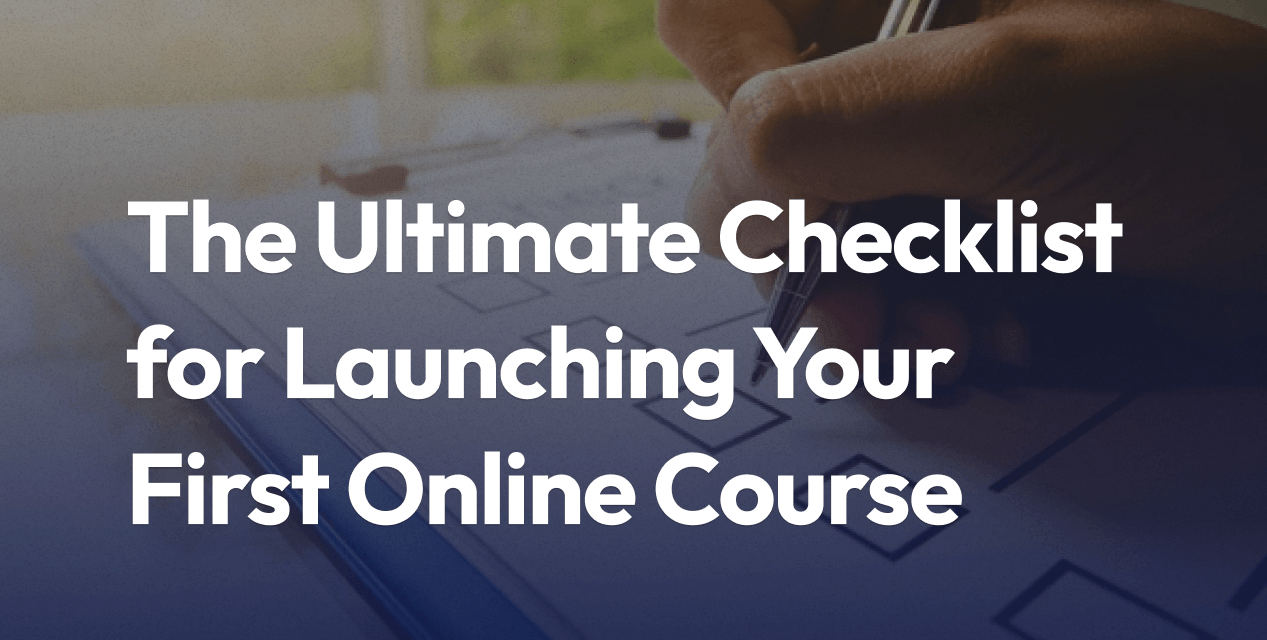
How to Use Learning Paths to Create Structured Training Programs
Quick Summary: How to Use Learning Paths for Structured Training
- Identify learners and their skill gaps with a targeted needs analysis
- Set clear, measurable learning goals
- Organize training modules in a step-by-step sequence
- Set deadlines to keep learning on track
- Personalize learning using your LMS, including AI options
- Use linear or self-directed paths to match learner needs
- Track progress and outcomes for real results
- Boost engagement, knowledge retention, and upskilling with guided paths
Learning paths allow you to guide employees through training in a way that makes sense, builds confidence, and supports career growth. In 2025, they’re essential for professional development because they help your team gain the right skills at the right time. A learning path links courses and resources in a logical sequence so people know exactly what to do next without feeling lost.
When you use learning paths, you provide structure and clarity. This helps reduce overwhelm, keep everyone motivated, and makes progress easy to track. With AI-powered LMS features, you can now create training experiences that adapt to each learner and business goal. Explore more about the importance of employee training to see how structured paths drive better results.
Learning paths make it simple to create effective, repeatable training programs that address your team’s real needs and move your company forward.
What Are Learning Paths and Why Use Them
Learning paths are curated sequences of courses, resources, or micro-lessons that guide learners step-by-step toward a specific goal. These paths leave little room for confusion, helping teams know exactly which skills to develop next. Instead of sending people off with a pile of content and hoping they’ll find their way, learning paths bring logic and order to all training efforts. When used right, they support faster upskilling, more motivation, and training results that align with business outcomes.
A well-structured learning path not only addresses immediate job needs but also prepares employees for growth and advancement. You can build these paths around technical skills, onboarding, leadership, or compliance—whatever your people need to succeed. In 2025, learning paths have become the gold standard for companies that want to build a culture of continuous learning and drive measurable progress.
Key Benefits for Teams in 2025
Effective learning paths deliver clear perks for teams of all sizes. Let’s look at the biggest advantages:
- Improved engagement: Short, focused sessions are the backbone of modern learning paths. Teams are less likely to tune out or procrastinate when content feels manageable. Microlearning modules, spaced within the path, keep learners active and reduce drop-off rates.
- Easy progress tracking: Most top LMS platforms visualize milestones, deadlines, and completion rates as learners advance. Managers get real-time insights into individual and group progress, so they can step in when support is needed.
- Alignment with job roles: Learning paths are tailored to roles and individual career plans. This alignment ensures employees gain skills that matter for their current responsibilities and future growth—no wasted effort.
- AI-powered recommendations: Many platforms now use AI to personalize learning paths, suggesting courses based on performance, trends, and user goals. This means learners get smarter suggestions as they progress, making the experience feel custom-built for them.
- Better knowledge retention: Spaced repetition and skill checks within the path keep new material fresh, which means employees actually remember what they learn.
This structured, data-driven approach is quickly becoming standard practice. For organizations comparing options, it pays to know how to choose the best learning platform that can support flexible, AI-enhanced paths. Check out How to choose the best learning platform for practical tips on making the right pick for your team.
Steps to Build Learning Paths in Your LMS
Designing effective learning paths in your LMS means more than just putting courses in a line. It starts with groundwork: understanding your team’s roles, skill gaps, and business needs. The right path takes each learner from where they are now to peak performance, using every resource your LMS can offer. Here’s how to shape learning paths that work from day one.
Assessing Needs and Mapping Skills
Start by taking a close look at current employee roles and the skills they use every day. Surveys, interviews, and feedback forms reveal which topics need more coverage. Many modern LMS tools have built-in AI that can analyze training records to spot skills that might be lagging behind. When mapping skills, focus on what drives your business forward—connect every step of the learning path to something your company needs.
Tips for success:
- Group employees by similar roles for targeted surveys.
- Use AI insights to identify the widest skill gaps.
- Set priorities that match overall business goals, like faster onboarding or stronger leadership pipelines.
For help aligning your learning strategy with tech and business targets, explore AI-driven adaptive learning in employee training.
Selecting and Sequencing Content
Quality learning paths blend different formats: videos, readings, interactive modules, and real-world practice. When adding content, think in stages—build a flow that takes learners from the basics to advanced topics without skipping steps. For example:
- Beginner: Introductory videos, simple quizzes, basic concepts.
- Intermediate: Simulations, case studies, collaborative projects.
- Expert: Advanced scenarios, mentor sessions, certification exams.
Sequence each resource so new lessons reinforce earlier material. Place hands-on practice after key modules to lock in knowledge. Always check for overlap and adjust so each step teaches something new. By intentionally choosing and ordering content, your paths will keep learners engaged and progressing at the right pace.
Best Practices for Effective Training Programs
The strongest training programs don’t happen by accident—they follow structured strategies that make every lesson count. Success comes from knowing what to measure, how to track learning, and when to make changes. By using clear metrics and refining your learning paths, you can make sure your training delivers improvement that sticks.
Measuring Success and Iterating: Describe KPIs such as knowledge retention and performance improvement. Explain how to refine paths based on data.
Focus on outcomes that matter most for your learners and your business. Use clear key performance indicators (KPIs) like completion rates, quiz scores, and time to competence to get a true read on progress. For knowledge retention, follow up with practical quizzes or quick skill demos a few weeks after training. Track performance improvements—like increased efficiency or quality on the job—to see real-world impact.
Regularly review these metrics using your learning management system’s built-in analytics. If a path shows weak retention or low test scores, adjust lesson order, break lessons into smaller steps, or add checkpoints for practice. The strongest programs act on what the data shows, fine-tuning paths to boost skill growth and make training worth the investment.
Conclusion
Learning paths create a clearer, more productive route to skill building and employee growth. They break information into focused steps, set expectations, and support your team’s journey with purpose. Using data and AI, you can adjust these paths for better results, helping people learn faster and apply new knowledge with confidence.
Well-built learning paths transform training from a routine task into a meaningful boost for both staff and business success. Done right, they make onboarding, upskilling, and compliance training feel less like a checklist and more like real progress.
Let’s design learning paths aligned to roles, skills, and outcomes in your LMS.

